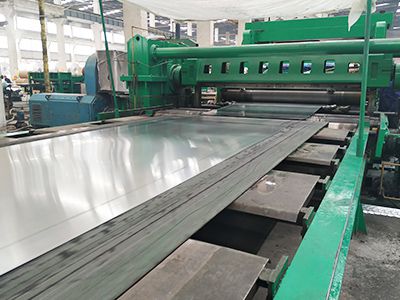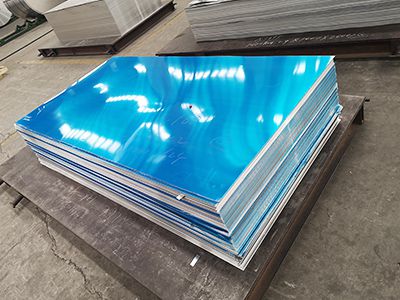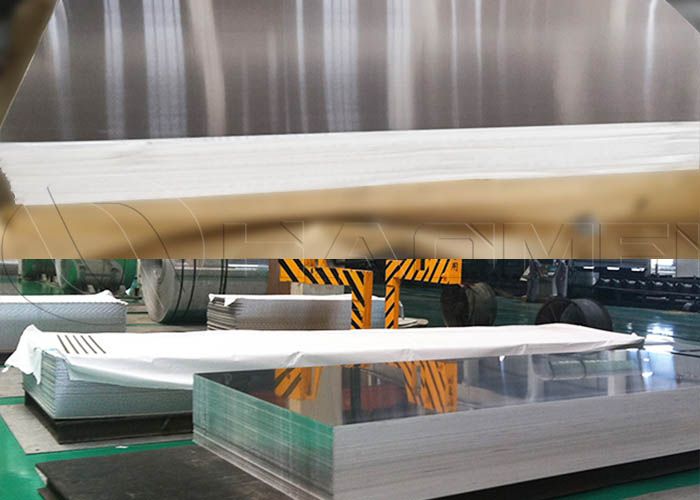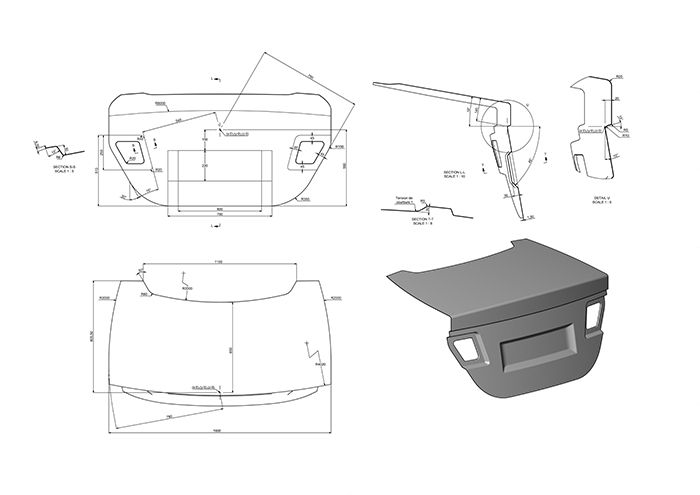ASTM B209 Alloy 5052 5454 for Aluminum Car
With the upgrading of consumption and the intensification of competition, the lightweight of commercial vehicles has become a new trend. Lightweight can not only reduce fuel consumption, but also increase the payload, thereby improving transportation efficiency and reducing transportation costs. Aluminum alloys like ASTM B209 alloy 5052 are chosen for this purpose.

Aluminum car frame structure
As an important assembly part of the whole vehicle, the frame supports and connects the various parts of the car, bears the weight of the parts and the impact, twist and inertial force during driving.
Sufficient strength and rigidity are the key to the car's ability to withstand internal and external loads. Considering the above force situation, there are currently two design directions for aluminum alloy frame: The first direction is the aluminum alloy frame with cast and forged structure, which needs to be designed according to the force characteristics of the frame, so the frame structure is also different from that of steel cars. The frame can realize complex component sections and structures, and the raw materials are also developed in a targeted manner.
The second direction is to carry out secondary processing through aluminum alloy extrusion profiles to achieve a relatively regular cross-section component structure. The frame design is basically a secondary design on the basis of the original steel frame. The raw materials are mature 5-series and 6-series aluminum alloy. The aluminum alloy frame is about 40% lighter than the steel frame, greatly improving the lightweight level of the vehicle.
Aluminum alloy frame commonly used materials
According to the performance characteristics of aluminum alloy processing technology, it can be divided into cast aluminum alloy and deformed aluminum alloy.
1) Cast aluminum alloy: due to the eutectic reaction occurring during cooling, it has good fluidity and is suitable for casting production.
2) Deformed aluminum alloy: It can form a solid solution structure when heated, has good plasticity, and is suitable for deformation processing. Deformed aluminum alloys can be divided into aluminum alloys that can be strengthened by heat treatment and aluminum alloys that cannot be strengthened by heat treatment according to their strengthening characteristics.
The typical aluminum alloys are 5052, 5005 and 5083. The main alloying element is magnesium, and the magnesium content (mass fraction) is 3% to 5%. It is also called aluminum-magnesium alloy.
The main features are low density, high tensile strength, high elongation and high fatigue strength, but it cannot be strengthened by heat treatment. 5xxx aluminum alloys belong to one of the more mature aluminum plate series and can be used for bending beams or connecting plates.
The strength of Al 5454 is about 20% higher than that of 5052, and its characteristics are roughly the same as that of 5154, but its corrosion resistance is better than that of 5154 in severe environments. It is usually applied to the automobile wheels.
Original Source:https://www.autoaluminumsheet.com/a/astm-b209-alloy-5052-5454-for-aluminum-car.html
Tags: automotive aluminum sheet ,
Prev:What Are Uses of Auto Aluminium 3003 and 5086
Next:Al 5754 5083 for Vehicle Body Panels









